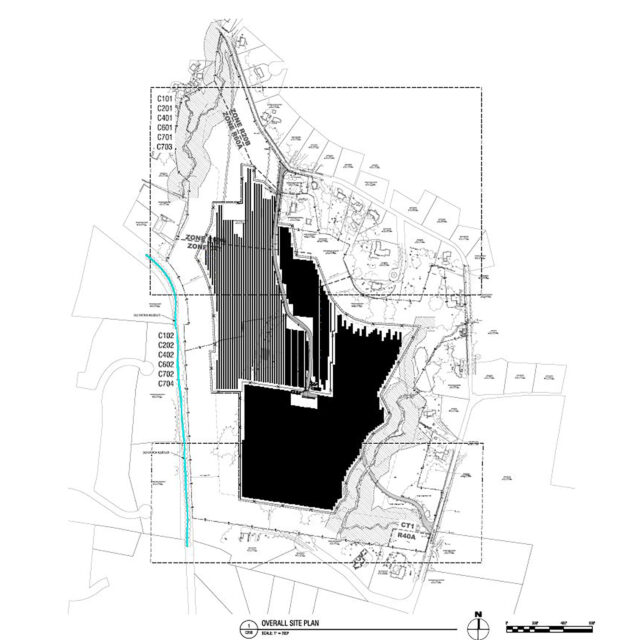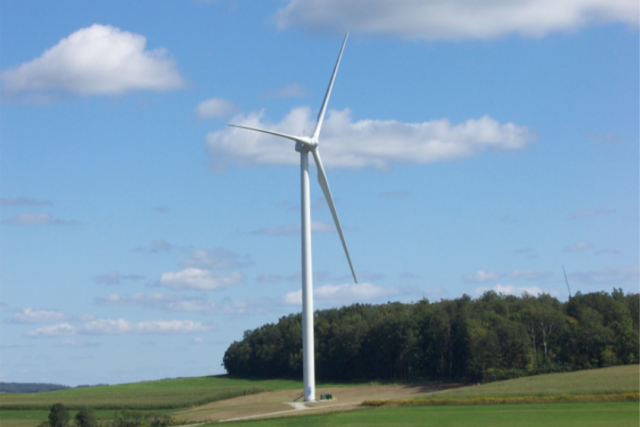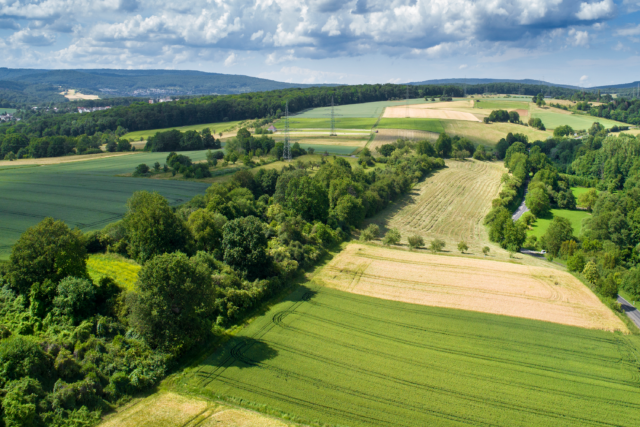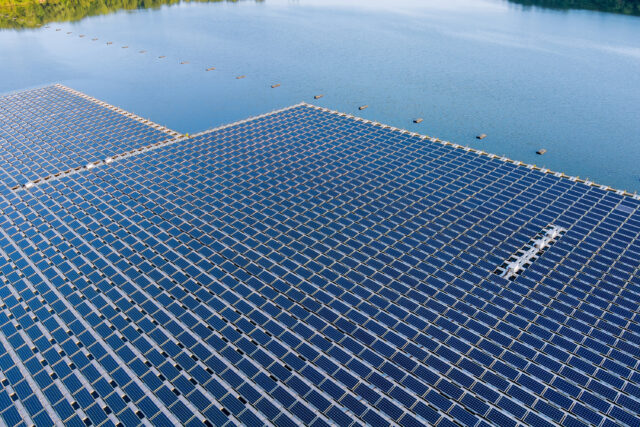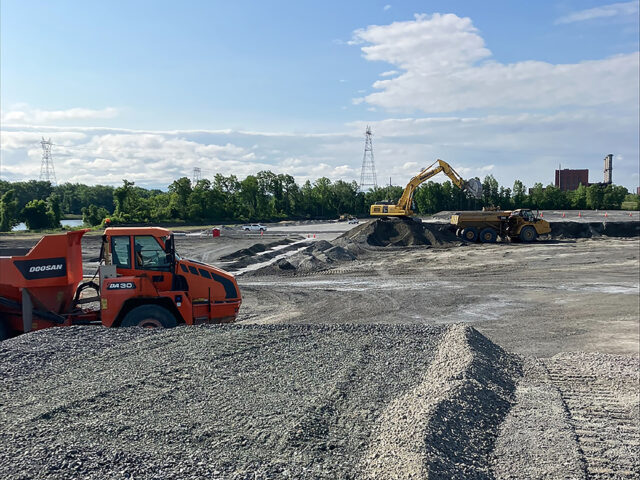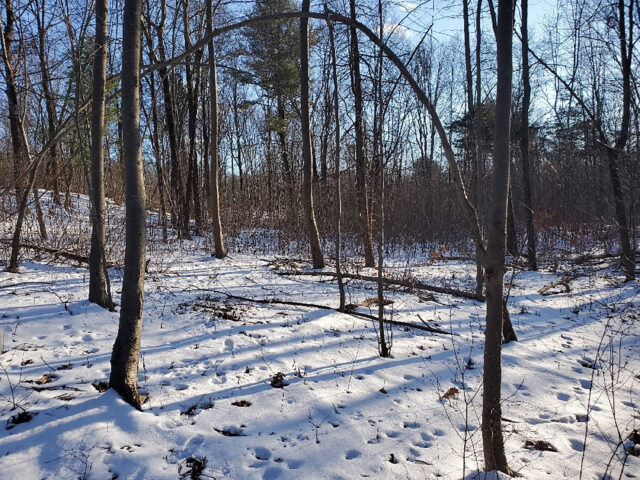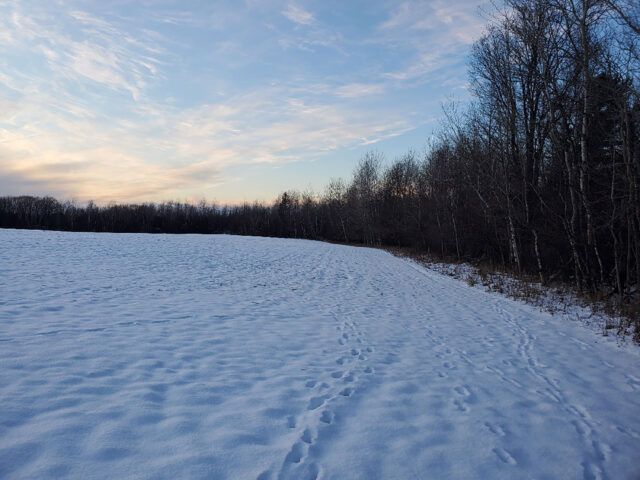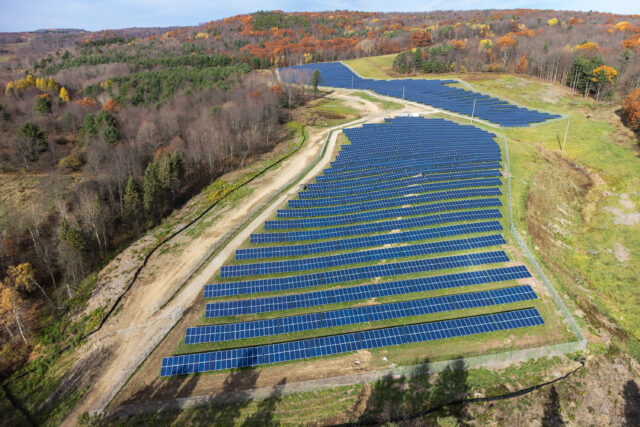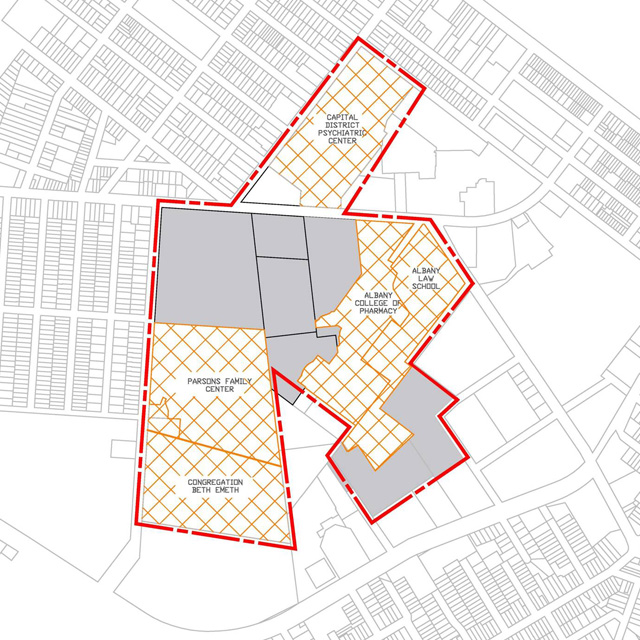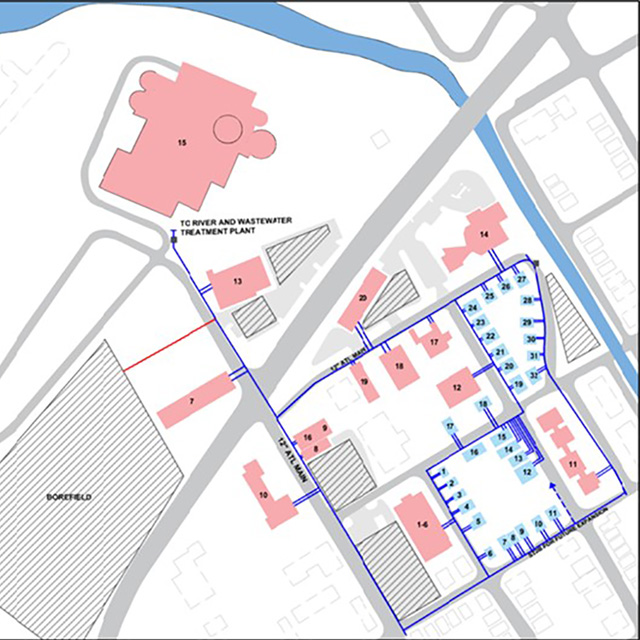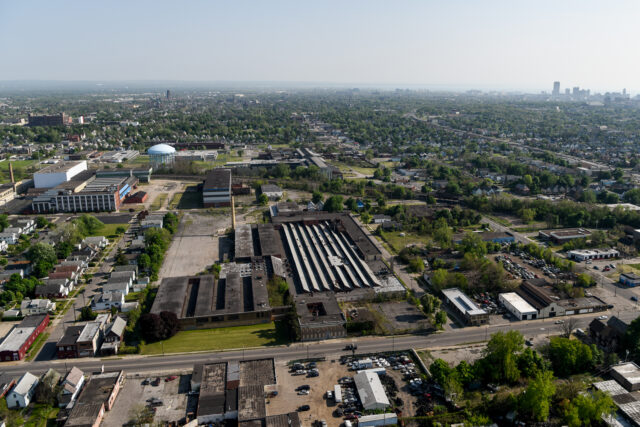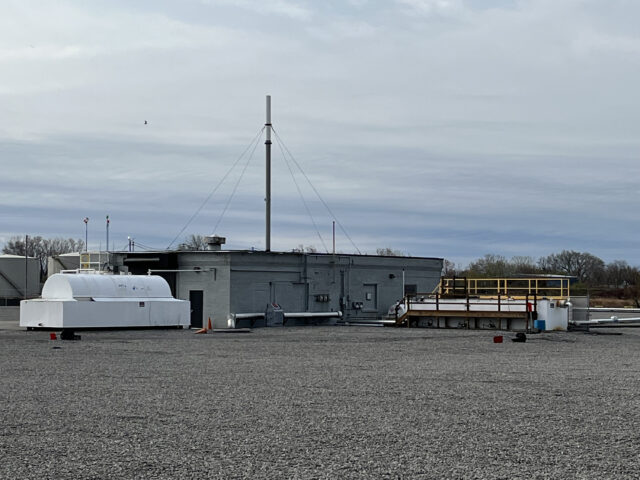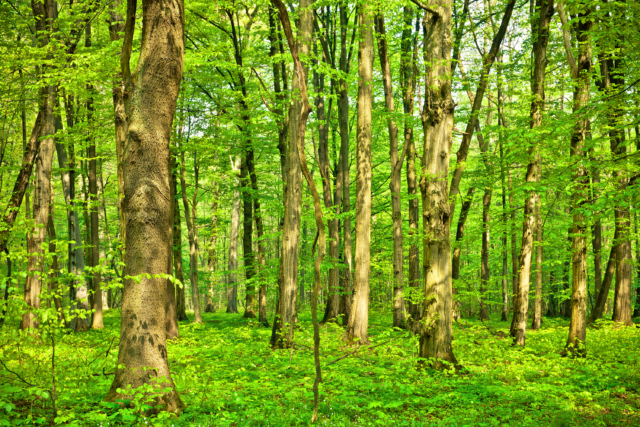
Albany Radar Tower Site
Reducing Atmospheric Carbon Dioxide Using Carbon Sequestration Analysis
The process of capturing and storing atmospheric carbon dioxide is called carbon sequestration, and it’s one method of reducing the amount of carbon dioxide in the atmosphere with the goal of reducing global climate change.
When a confidential client retained LaBella Associates to conduct a carbon sequestration analysis at the Albany Radar Solar site in the Town of Colonie, NY, our team of environmental scientists set out to determine what effect clearing trees on a 5.2-acre site for solar development would have on carbon sequestration.
Our analysis consisted of an existing tree inventory that identified the dominant species, diameter at breast height (DBH), and tree height onsite to determine the vegetation that will be removed due to solar development. This analysis was then compared with the landscaping plan of vegetation that will be added to the site, such as common juniper (Juniperus communis) and inkberry (Ilex glabra).
Using USDA’s Forest Service i-Tree Eco tool to measure the current and future carbon sequestration levels, our team was able to determine the approximate flux in carbon sequestration capacity due to the anticipated tree clearing and new planting installations for the proposed solar project.
Final stages of our analysis included completing a final report and mapping that compared the current value and proposed value of carbon sequestration, pollution removal, carbon storage, oxygen production, and avoided runoff onsite.
